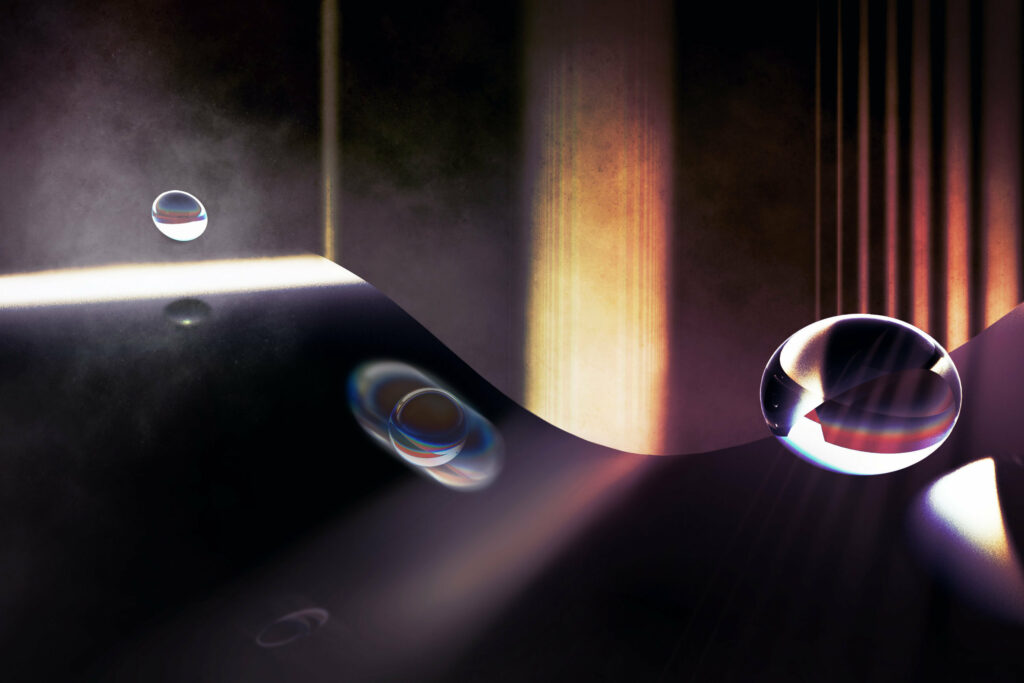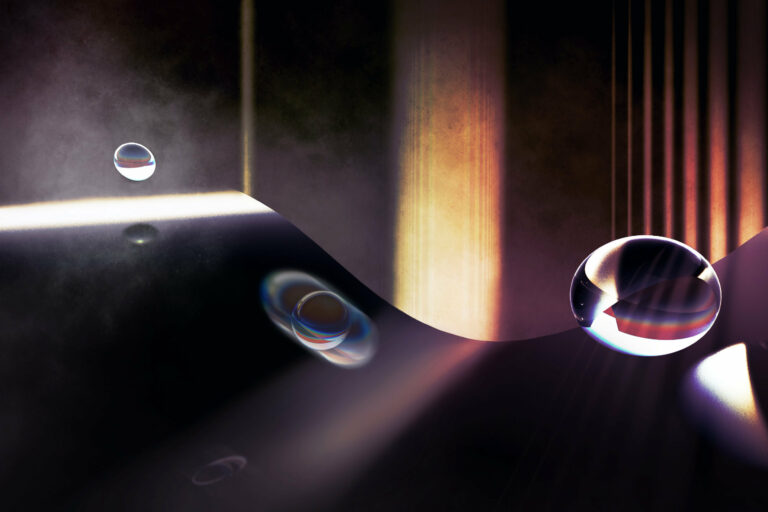Observing macroscopic quantum effects in the dark
Be fast, avoid light, and roll through a curvy ramp: This is the recipe for a pioneering experiment proposed by theoretical physicists in a recent paper published in Physical Review Letters. An object evolving in a potential created through electrostatic or magnetic forces is expected to rapidly and reliably generate a macroscopic quantum superposition state.
The boundary between everyday reality and the quantum world remains unclear. The more massive an object, the more localized it becomes when being made quantum through cooling down its motion to the absolute zero.
Researchers, led by Oriol Romero-Isart from the Institute for Quantum Optics and Quantum Information (IQOQI) of the Austrian Academy of Sciences (ÖAW) and the Department of Theoretical Physics at the University of Innsbruck, propose an experiment in which an optically levitated nanoparticle, cooled to its ground state, evolves in a non-optical (“dark”) potential created by electrostatic or magnetic forces. This evolution in the dark potential is expected to rapidly and reliably generate a macroscopic quantum superposition state.
Laser light can cool a nanoscale-sized glass sphere to its motional ground state. Left alone, bombarded by air molecules and scattering incoming light, such glass spheres quickly heat up and leave the quantum regime, limiting quantum control. To avoid this, the researchers propose letting the sphere evolve in the dark, with the light switched off, guided solely by nonuniform electrostatic or magnetic forces. This evolution is not only fast enough to prevent heating by stray gas molecules but also lifts the extreme localization and imprints unequivocally quantum features.

The recent paper in Physical Review Letters also discusses how this proposal circumvents the practical challenges of these type of experiments. These challenges include the need for fast experimental runs, minimal use of laser light to avoid decoherence, and the ability to quickly repeat experimental runs with the same particle. These considerations are crucial in mitigating the impact of low-frequency noise and other systematic errors.
This proposal has been extensively discussed with experimental partners in Q-Xtreme, an ERC Synergy Grant project. “The proposed method is aligned with current developments in their labs and they should soon be able to test our protocol with thermal particles in the classical regime, which will be very useful to measure and minimize sources of noise when lasers are off,” says the theory team of Oriol Romero-Isart.
“We believe that while the ultimate quantum experiment will be unavoidably challenging, it should be feasible as it meets all the necessary criteria for preparing these macroscopic quantum superposition states.”
This article is republished from PhysORG under a Creative Commons license. Read the original article.
Do not forget to share your opinion with us to provide you with the best posts !




0 Comments